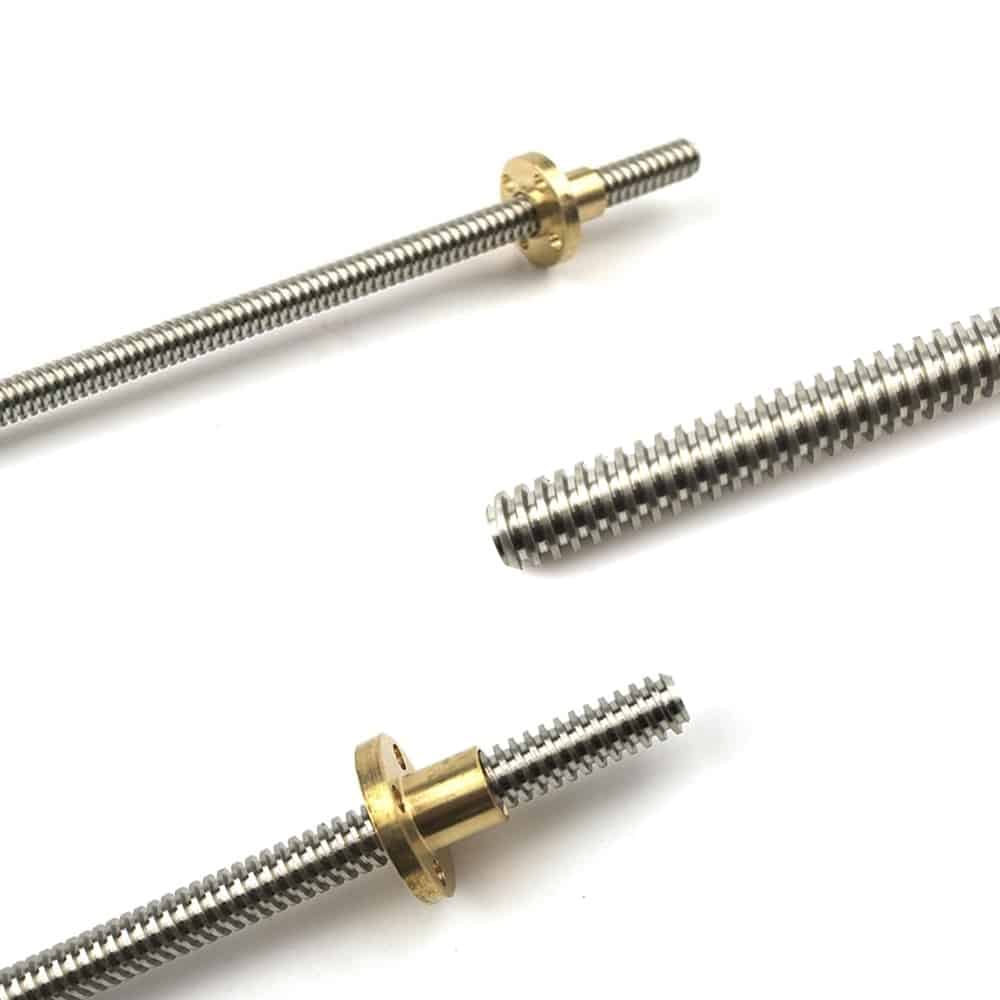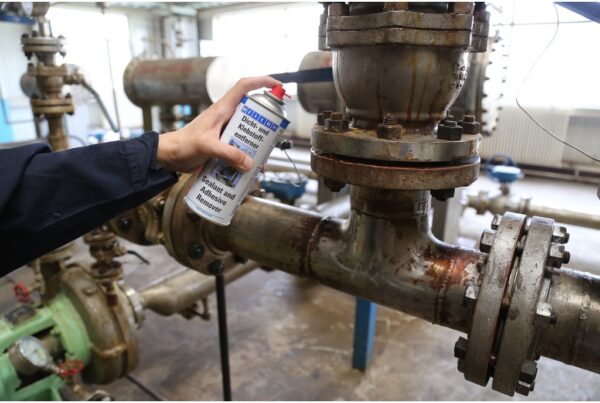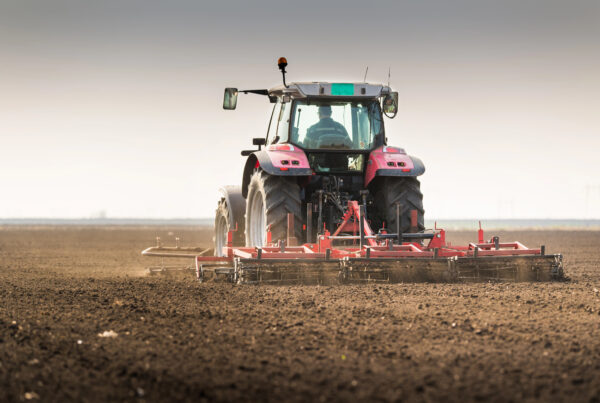The trapezoidal drive offers a reliable and cost-effective solution for linear movements. This is why it is one of the most popular and widely used drive types in many areas of industry.
Although the technology is decades old, it is still a competitive alternative to spindle drives, especially when precision, load capacity and cost-effectiveness are combined.
Working principle and design of the trapezoidal drive
A trapezoidal drive is a threaded spindle that converts linear motion into rotary motion or vice versa. It has a special trapezoidal thread with a 30° profile angle. This geometry provides an excellent balance between self-locking ability, load capacity and manufacturing cost.
Standard sizing is in accordance with ISO 2904 and DIN 103. For example, the most common thread profile is Tr16x4, where “x4” stands for thread pitch (4 mm).
Main advantages of trapezoidal drive
- Self-locking design: due to the thread profile and friction factors, trapezoidal lead screws are typically self-locking
- Simple construction, low cost: no need for preloaded parts or complex lubrication systems
- Quiet operation: minimal vibration at low speeds
- Maintenance-friendly: few moving parts, easy replacement
Main disadvantages
- Lower efficiency (~20-40%), mainly due to friction
- Suitable for lower speeds (~0.1-0.5 m/s)
- Faster wear if lubrication or load is inadequate
Types of trapezoidal lead screws
Trapezoidal lead screws for mechanical drive:
- KQX – made of C15 steel
- KTS – made of C45 steel
- KRP – made of stainless steel
- KAM – made of acid-resistant steel
Trapezoidal lead screws for manual drive:
- KEQ – made of C15 steel
- KUE – made of C45 steel
- KRE – stainless steel
Trapezoidal spindles for precision drive:
- KKA – made of C45 steel
Right and left hand versions
The direction of the thread determines which way the nut moves when the spindle is rotated:
- Right-hand (RH): the nut moves forwards for clockwise rotation, this is the default design
- Left-hand (LH): the nut moves forward to rotate counterclockwise
When is left-handed required?
- For symmetrical movements: for example, a platform to be lifted from two sides, where two spindles rotate in opposite directions but the movement is synchronised.
- For two opposing movements with one motor: for example, if a spindle is cut with right and left threads, the pair of nuts can move simultaneously in opposite directions.
- For special mounting or rotation direction requirements.
It is important that the trapezoidal nut fitted to the lead screw also has the same thread direction, otherwise the parts will not be compatible.
Types of trapezoidal nuts
The trapezoidal spindle only forms a complete system together with the nut. Choosing the right nut is critical to its operation.
- BIG – large, cylindrical design, made of bronze
- CQA – cubic design, made of steel
- FCS – flanged, cylindrical design, made of plastic
- FTN/FFR/FXN – flanged, cylindrical design, made of bronze
- HDA – cylindrical design, made of stainless steel
- HSN/HBD – cylindrical design, made of bronze
- MES – hexagonal design, made of steel
- MPH – cylindrical design, made of plastic
- MZP/MLF – cylindrical design, made of steel
- QOB – cubic design, made of bronze
Other information
Backlash management
Backlash is a major challenge in trapezoidal systems – especially in positioning systems.
Solutions:
- Double or spring-loaded nuts: two halves are slightly preloaded against each other by a spring
- Adjustable preload nut: the nut gap can be adjusted by a screw after installation
- Plastic nut with preload: some POM nuts reduce the gap by elastic clamping, up to a zero backlash effect
Tip: For CNC shaft movements, it is recommended to keep backlash below 0.05 mm – for trapezoidal spindles this is only possible with preloaded or “anti-backlash” nuts.
Lubrication and life optimisation
Trapezoidal spindles operate on a friction principle, so proper lubrication is critical:
- Recommended lubricant: synthetic grease or graphite additive lubricant
- Lubrication cycle: approx. 500-2000 cycles, depending on the environment
- For a closed system (e.g. lift table): automatic lubrication system optional
Interesting fact: Improper lubrication can reduce the life of the nut by up to 70%, especially for bronze and steel combinations.
Critical speed and bending length
The critical speed of trapezoidal spindles (when they start to oscillate, vibrate) depends on the length of the shaft and the way it is fixed.
For longer spindles, the use of a guideway for the nut is recommended to avoid deflection and eccentricity.
Standards that can be used to help you in your selection
- DIN 103 – Standard for trapezoidal threads (spindle + nut geometries)
- ISO 2904 – Standardisation of thread types and pitches
- ISO 3408-1 – Dimensioning of linear actuators (transmissible forces, service life)
Main applications of trapezoidal spindle drives
- Actuators
- Truck hoists, lifting tables
- Machine tools
- Stepping motors
- Medical drive systems
- Packing machines
- Valve actuators
- Z-axis of CNC machines
The trapezoidal spindle drive is a reliable, cost-effective solution and can be fully customised with the help of our Linear Centre staff. You give us the parameters and we’ll make it ready!
Have a look at our trapezoidal spindle drives by clicking HERE or ask our expert colleagues for assistance even in case of a customized request!




